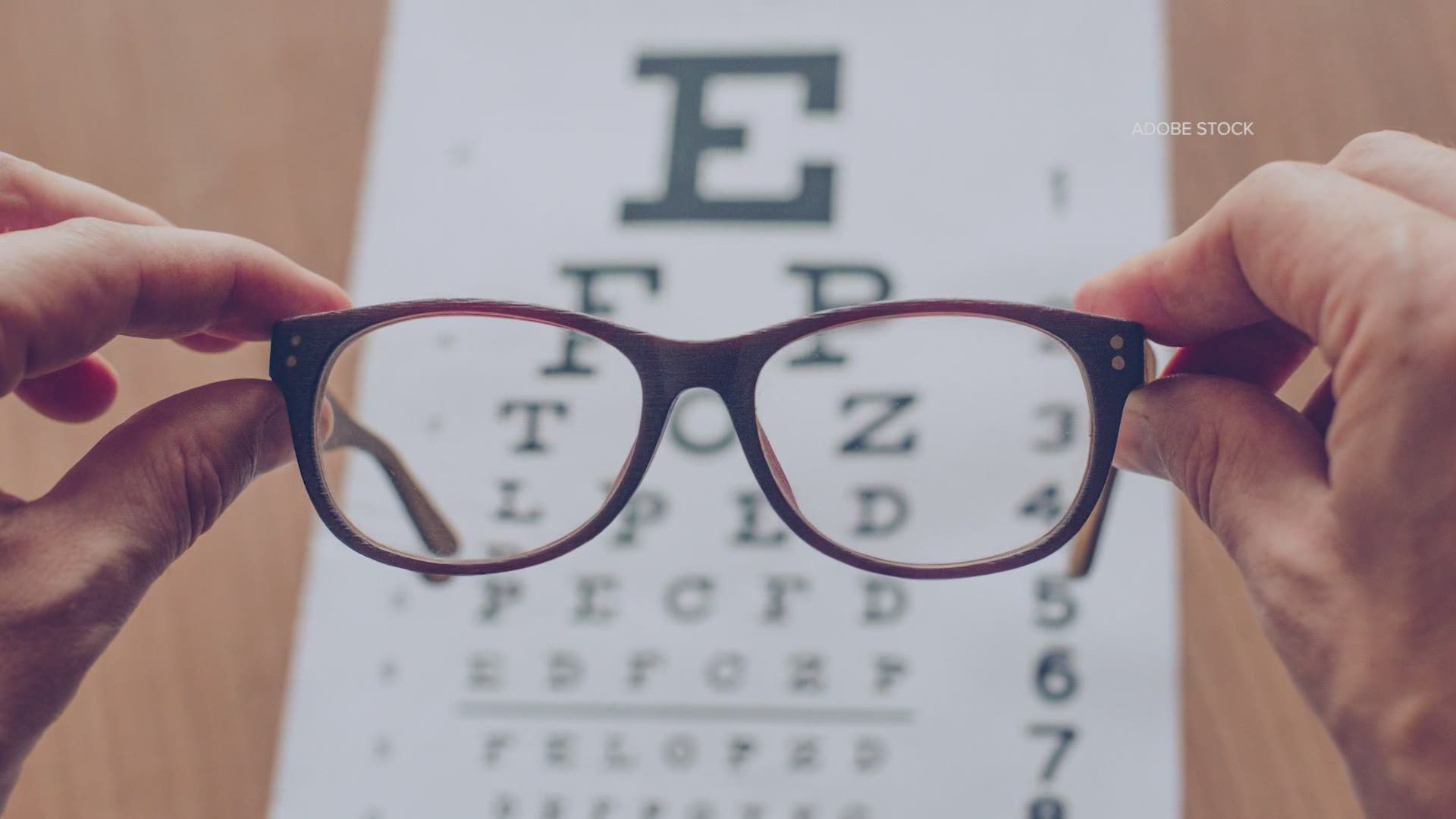MAINE, Maine — Technology has become an integral part of our daily lives. During the COVID-19 pandemic we've relied on it for almost everything.
As kids spend more time behind the screen at home, they may not be getting outside as much as they used to. Health experts say they are seeing a trend take effect: Children's eyesight is getting worse. But screens are not necessarily to blame for their worsening vision.
Let's take a closer look.
Increase in nearsightedness among kids
Nearsightedness, also known as myopia, is on the rise in kids.
Myopia is when you can see up-close objects clearly but things that are far away are fuzzy. This blurry vision can be caused by genetics and the environment. But experts say myopia has increased so rapidly that genetics cannot be the only reason for its rise. In the United States alone, it has gone from 25 percent of the population in the 1970s to 42 percent.
Kids getting less sunlight
So what’s causing this increase?
It might seem easy to blame all that screen time kids have these days. But experts say that is not the direct reason, and that it’s actually because children are getting less natural light. Researchers say exposure to daylight, as well as focusing on things far away while outside, can delay the onset of myopia. But the lockdown due to the COVID-19 pandemic has made it worse. New research shows the eyesight of children quarantined during the onset of coronavirus deteriorated rapidly.
Take breaks, spend more time outside
There is something you can do to prevent children's eyesight from worsening.
Experts say it’s not practical to take away screens altogether, but you can impose some rules around the time spent using devices. They recommend a practice called 20-20-20. That’s where you take regular breaks every 20 minutes to look at something 20 feet away for 20 seconds. Of course, more time outside could make a real difference -- and just in time for summer!
That's your closer look.

